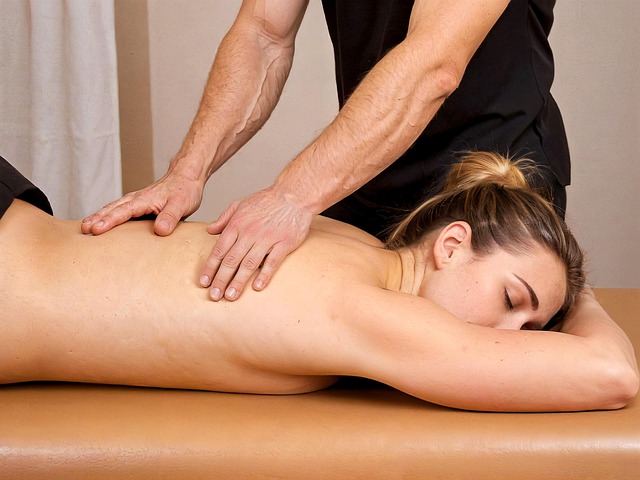Cold plunging, particularly 10-15 minute ice baths or cold showers 2-3 times per week, offers significant benefits for athletes' recovery and performance. This natural therapy reduces muscle soreness, inflammation, swelling, and enhances mental focus, circulation, and immune system function. Incorporating post-workout cold water immersion (cold plunge for athletic recovery) is an effective injury prevention strategy that boosts overall athlete well-being and athletic performance (benefits of cold plunges).
Cold plunging—submerging yourself in cold water—has gained popularity as a powerful tool for athletes seeking to enhance recovery, reduce inflammation, and improve overall well-being. This practice offers numerous benefits, from expediting muscle recovery after intense workouts to potentially aiding in injury prevention. However, maximizing these advantages requires understanding the optimal duration and frequency of cold plunges. In this article, we’ll explore the science behind cold water therapy for athletes, delve into the best practices for integrating it into athletic recovery routines, and uncover how frequent and prolonged immersions can contribute to peak performance.
Understanding Cold Plunge Duration and Frequency
Understanding Cold Plunge Duration and Frequency
Cold plunging, often in the form of ice baths or cold water immersions, has gained popularity among athletes looking to enhance their recovery and performance. The duration and frequency of these sessions play a crucial role in unlocking the full benefits of cold therapy for athletic recovery. For instance, post-workout cold water immersion can help reduce muscle soreness and inflammation, key factors in facilitating faster recovery. Athletes often recommend 10–15 minutes under ice, repeated 2–3 times per week, as an effective routine.
This method, known as cold plunge for athletic recovery, goes beyond just alleviating discomfort. The shock of cold water stimulates blood vessels to constrict, reducing blood flow to the affected area and minimizing swelling. As a result, athletes may experience improved joint health and reduced risk of injuries, making it an excellent strategy for injury prevention in sports. The benefits of cold plunges extend to athletic performance as well; they can enhance mental focus and endurance, contributing to better overall performance during training and competitions.
The Science Behind Cold Water Therapy for Athletes
Cold water therapy has gained significant popularity among athletes looking to enhance their recovery and performance. The science behind this practice involves several key mechanisms. Cold plunges, often in the form of ice baths or cold showers, stimulate blood vessels to constrict, reducing inflammation and swelling. This process can significantly alleviate muscle soreness and pain associated with intense workouts or injuries. By immersing oneself in cold water post-workout, athletes may experience improved circulation upon rewarming, facilitating faster recovery and enhanced athletic performance.
Moreover, cold therapy has been shown to increase the production of norepinephrine, a hormone that boosts alertness and energy levels, which can be particularly beneficial for athletes looking to maintain focus during training or competitions. Additionally, the stress response triggered by cold water exposure may stimulate the release of endorphins, often referred to as “feel-good” hormones, contributing to improved mood and mental resilience among athletes. These combined effects make cold plunges a valuable tool in an athlete’s recovery regimen, promoting muscle repair, injury prevention, and overall well-being.
Maximizing Benefits: Optimal Cold Plunge Protocols
To maximize the benefits of a cold plunge for athletic recovery, it’s essential to adhere to optimal protocols. For athletes looking to enhance performance and prevent injuries, a post-workout cold water immersion of 10-15 minutes is typically recommended. This can be done through a quick dip in an ice bath or even a cold shower. The key lies in the frequency; aiming for 2-3 sessions per week can significantly improve muscle recovery and reduce inflammation.
The duration and frequency may vary depending on individual goals and tolerance. However, consistent practice has shown remarkable results in improving athletic performance and overall well-being. Incorporating cold therapy into your routine allows the body to adapt, leading to better circulation and a stronger immune response. This natural method of recovery is gaining popularity among folks seeking an alternative approach to enhance their fitness journey.
Integrating Cold Therapy into Athletic Recovery Routines
Integrating Cold Therapy into Athletic Recovery Routines
For athletes looking to optimize their performance and enhance recovery, incorporating cold therapy, such as cold plunges or ice baths, can be a game-changer. The practice of post-workout cold water immersion has gained significant popularity in the world of athletic recovery due to its numerous benefits. Cold therapy helps reduce inflammation, which is crucial for muscle recovery after intense workouts or competitions. By lowering body temperature, cold water immersion also slows down the pace of lactic acid buildup, providing relief from muscle soreness and fatigue.
Additionally, regular exposure to cold therapy can contribute to injury prevention by strengthening muscles and connective tissues, making them more resilient. The benefits extend beyond physical recovery; cold therapy can also enhance mental focus and clarity, helping athletes prepare mentally for their next challenge. In terms of duration and frequency, athletes often find that short, intense cold plunges (around 10-15 minutes) several times a week yield significant results in athletic performance and overall well-being.
Cold plunging offers athletes a powerful tool for enhancing athletic recovery, reducing inflammation, and potentially improving performance. By understanding the optimal duration (10-15 minutes) and frequency (2-3 times per week) of cold water immersion, athletes can maximize the benefits of this accessible and effective therapy. Integrating cold therapy into post-workout routines shows promise for injury prevention and supporting muscle repair, making it a valuable addition to any athlete’s recovery arsenal.
